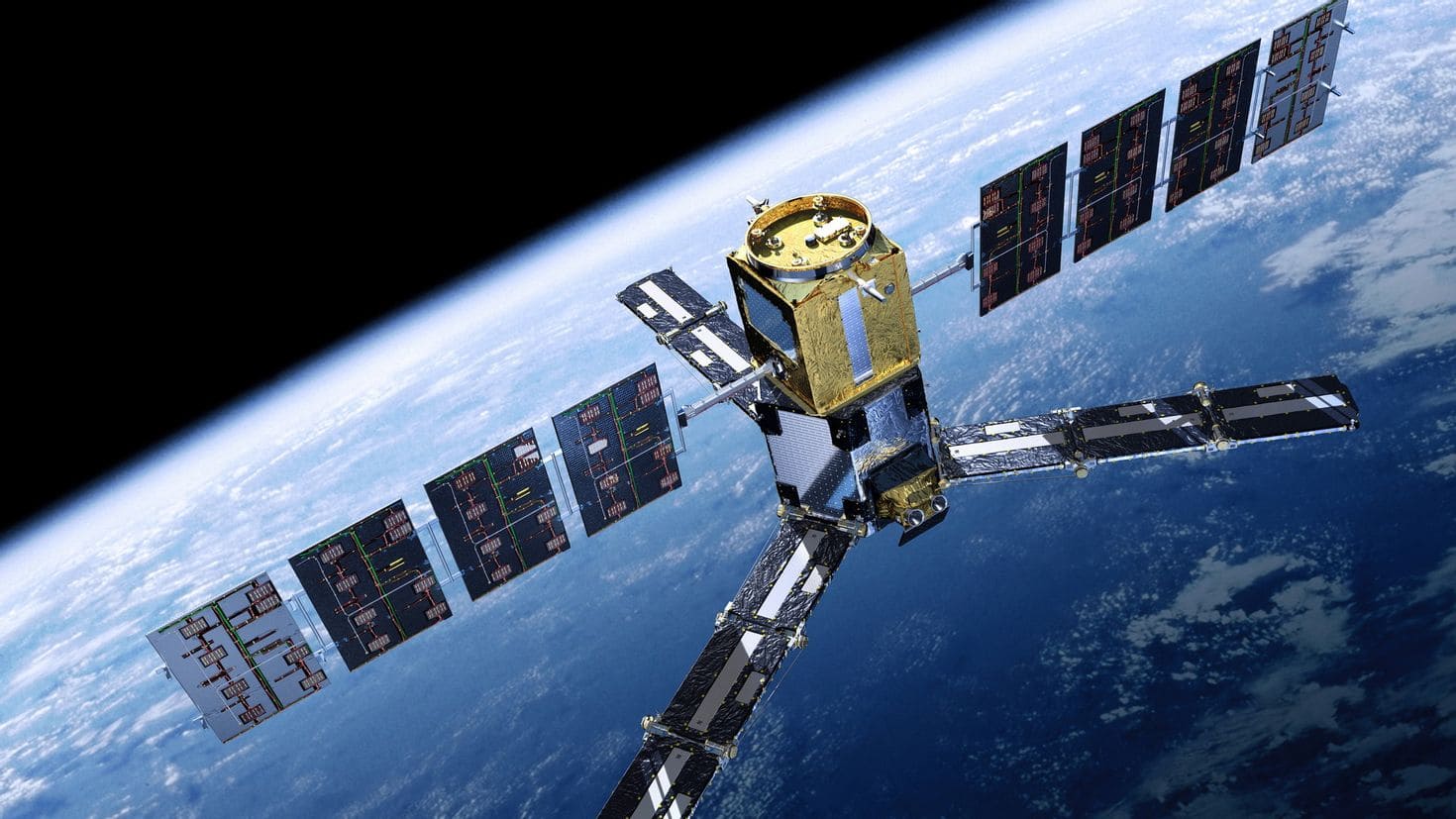MeerKAT, situated in the Karoo region of South Africa, is one of the most advanced radio telescopes in the world. As a precursor to the Square Kilometre Array (SKA), it plays a crucial role in advancing our understanding of the universe. This case study explores the development, technical specifications, scientific contributions, and socio-economic impact of the MeerKAT telescope.
Development and construction MeerKAT
Background
The MeerKAT project is part of South Africa’s bid to host the SKA, a large multi-national radio telescope project. Announced in 2009, MeerKAT was designed to demonstrate South Africa’s capability in large-scale scientific infrastructure and radio astronomy.
Funding and collaboration
The project is funded by the South African government through the Department of Science and Innovation, with additional contributions from international partners. Collaborations include institutions from various countries, providing a platform for scientific exchange and technological innovation.
Construction timeline MeerKAT
- 2009: announcement and initial planning.
- 2010-2013: detailed design and prototyping.
- 2014: construction begins with the first dish.
- 2016: array commissioning starts.
- 2018: official inauguration and full array operational.
Technical specifications MeerKAT
Array configuration
Radio telescope consists of 64 dishes, each 13.5 meters in diameter. The array configuration provides high sensitivity and resolution, essential for deep-sky observations.
Frequency range
MeerKAT operates in the frequency range of 580 MHz to 14 GHz, allowing it to observe a wide variety of astronomical phenomena, from hydrogen line emissions to pulsars and fast radio bursts (FRBs).
Sensitivity and resolution MeerKAT
The array’s large collecting area and advanced receiver technology make it one of the most sensitive radio telescopes, capable of detecting faint signals from the distant universe. Its angular resolution enables detailed imaging of astronomical objects.
Scientific contributions MeerKAT
Galactic and extragalactic studies
Radio telescope has significantly contributed to our understanding of the Milky Way and distant galaxies. It has provided high-resolution images of the Galactic Center, revealing new structures and dynamics.
Pulsar research
The telescope’s sensitivity has led to the discovery of numerous new pulsars, including rare millisecond pulsars, which are valuable for studying the extreme states of matter.
Fast radio bursts
MeerKAT has been instrumental in detecting and localizing fast radio bursts, providing insights into these mysterious high-energy phenomena.
Cosmic magnetism
Studies of cosmic magnetism have benefited from MeerKAT’s ability to map the magnetic fields in galaxies, contributing to our understanding of cosmic evolution and structure formation.
Socio-economic impact
Skills development
The construction and operation of MeerKAT have driven skills development in science, engineering, and technology within South Africa. Training programs have produced a new generation of scientists and engineers.
Economic growth
The project has stimulated economic growth in the Karoo region, creating jobs and infrastructure development. Local industries have benefited from the construction and maintenance of the facility.
Global collaboration
Radio telescope has positioned South Africa as a leader in global scientific collaboration. It has fostered international partnerships and attracted investments, enhancing the country’s reputation in the global scientific community.
Challenges and future prospects
Technical challenges MeerKAT
The construction and operation of MeerKAT faced several technical challenges, including the remote location and the need for advanced technologies. These were overcome through innovative engineering solutions and international collaboration.
Integration MeerKAT with SKA
MeerKAT will be integrated into the SKA, forming part of the world’s largest radio telescope. This integration will enhance its capabilities and extend its scientific reach.
Future discoveries
As part of the SKA, MeerKAT will continue to play a critical role in astronomical discoveries. Its contributions to understanding dark matter, dark energy, and the evolution of galaxies are eagerly anticipated.
MeerKAT represents a milestone in radio astronomy, showcasing South Africa’s scientific and engineering prowess. Its contributions to science are matched by its socio-economic benefits, making it a model for future large-scale scientific projects. As it integrates into the SKA, MeerKAT’s legacy will continue to expand, driving forward our understanding of the universe.



